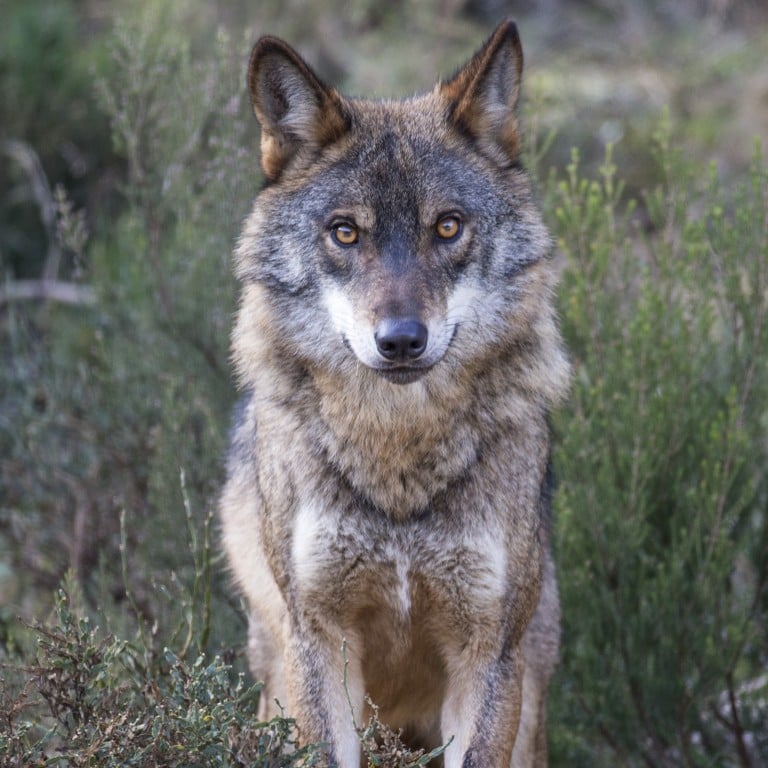
‘Their future hangs in the balance’: can tourism save the Iberian wolf in Portugal?
- In rural northern Portugal, conservationists are helping farmers and locals coexist with the Iberian wolf as they tap the animal’s potential for nature tourism
- The main challenge is changing people’s mindset, but ‘live wolves are far more valuable than dead ones’, an expert says
Francisco Barrigão takes a break from minding his flock of distinctive, black-nosed churra galega bragança sheep, resting on his wooden staff in the mid-November sunshine.
Winter has come late to northeastern Portugal’s Montesinho Natural Park, and the weather is clear and warm. He smiles ruefully and rubs his sun-darkened pate when the conversation turns to wolves.
“Yes, they are here,” he says, sweeping his hand to indicate the gently rolling landscape. “A few weeks ago they took one of my rams. But I haven’t asked for compensation because neither my dogs nor I were there when the attack happened.”
The 65-year-old, who doubles as the local pastor, shrugs his shoulders. “These days wolf attacks don’t happen that often here. It’s important to be philosophical about such matters.”

In this part of the park, close to the small village of Guadramil, the Iberian wolf has an abundance of natural prey – populations of wild boar, red deer and roe deer are all healthy and increasing. Yet the wolf is also a great opportunist and rarely passes up an easy meal.
“Although natural levels of wild prey greatly reduce wolf attacks on sheep and cattle, this incident with Francisco’s flock shows the importance of shepherds and guard dogs,” says Lemuel Silva, a biologist who runs guided tours of the park focused on wolves, red deer and other iconic fauna.
‘Pure chaos’: how Maldives’ whale shark tourism puts animals’ lives at risk
“Such measures do work because at the moment this park is pretty much the only place in Portugal where people and Iberian wolves live alongside each other reasonably well.”
The Iberian wolf is a striking subspecies of grey wolf that is endemic to Portugal and Spain, with a coat that varies in colour from light grey to reddish brown.
As late as the 1930s, it was found right across Portugal, from north to south. But by 2000, persecution, habitat loss and a decline in natural prey had seen its range shrink by more than three-quarters. It is now confined to northern Portugal and its stronghold in northwest Spain.
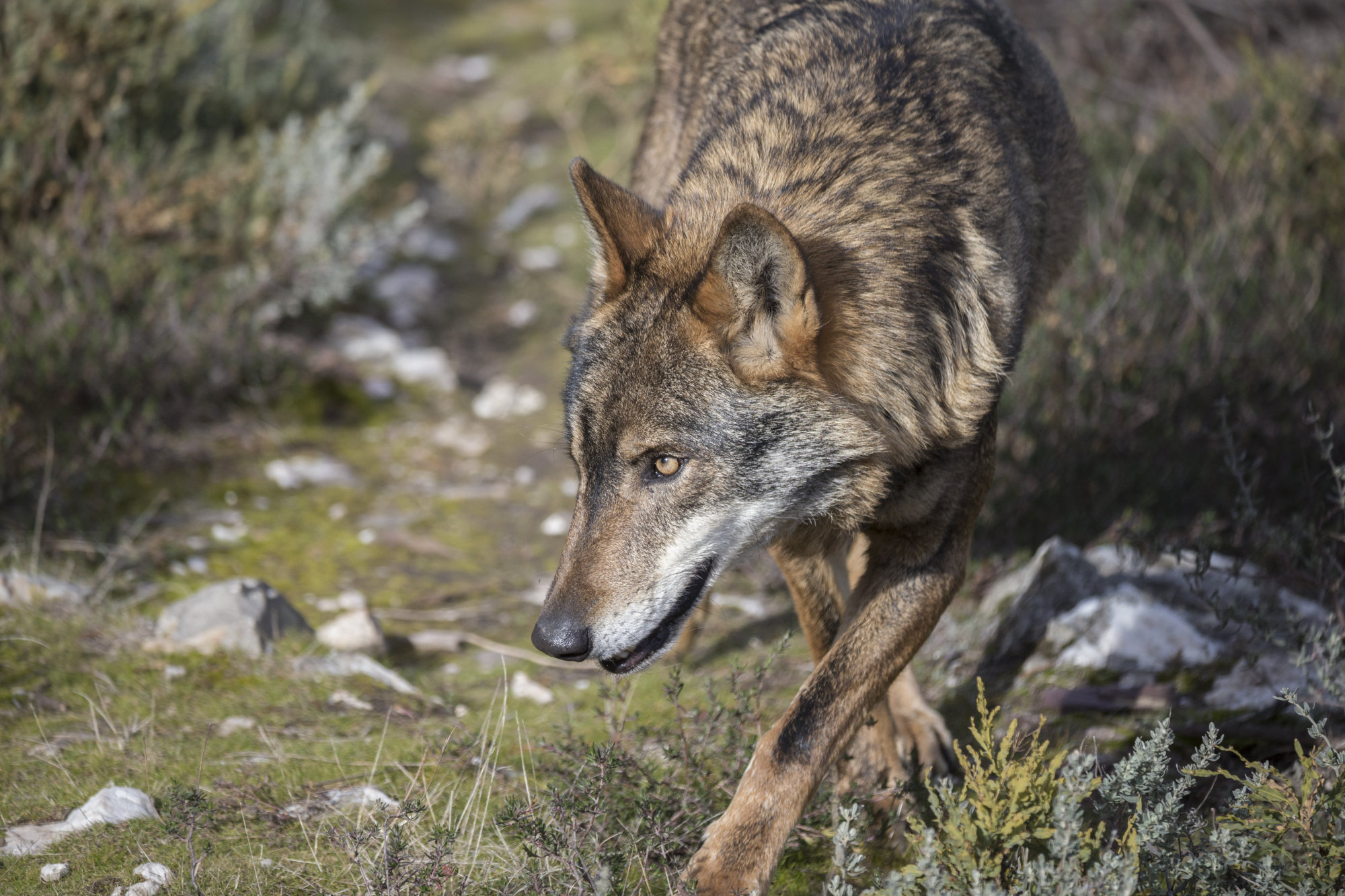
“Today there are probably 250 to 300 Portuguese Iberian wolves left, divided in two [groups] by the Douro River,” says Silva. “The population north of the river is larger and more stable, with Montesinho Natural Park home to between 30 and 40 animals. But to the south there are only a handful of scattered packs.
“The future of the Iberian wolf in Portugal hangs in the balance. If we can find a way to live alongside this iconic animal, it would be amazing, because it brings many benefits. But if we can’t, it will surely disappear.”
Nature-loving tourists and the companies that are emerging to cater to them could play a large part in ensuring that doesn’t happen.
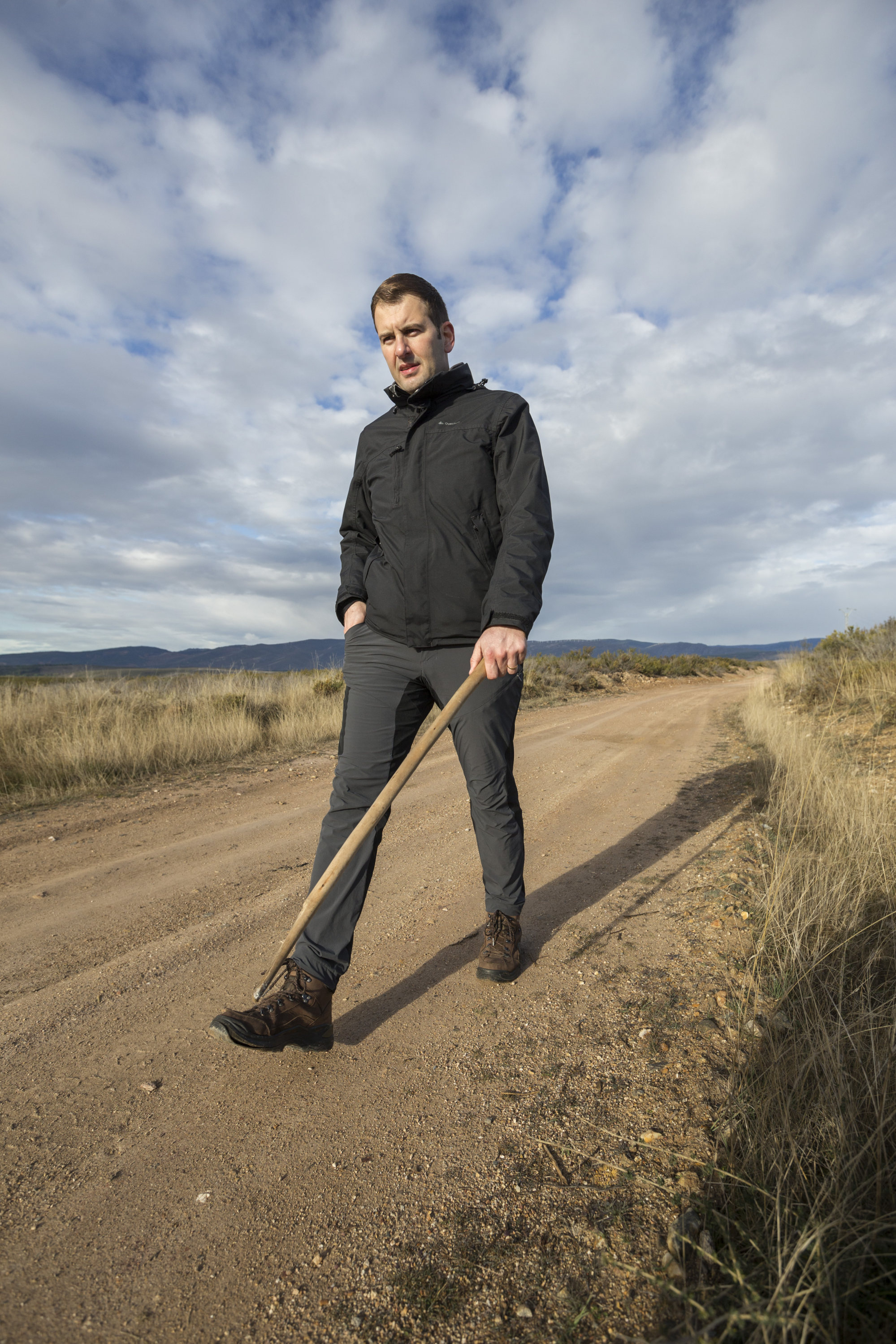
When it comes to wildlife, no animal splits opinion like the wolf. In many parts of the world, this means efforts to promote understanding and harmonious coexistence are critical if wolf populations are to bounce back after years of decline.
This is especially the case in northeastern Portugal, where ongoing changes in the landscape have significant implications for human-wolf relations. With many people leaving the countryside for the city, rural depopulation means extensive areas are all but deserted – those who remain typically belong to the older generation, with deeply entrenched views. The pillar industry remains livestock farming.
In the past, it was common practice for shepherds and their dogs to accompany sheep, even overnight. Today, the tradition of using dogs to guard livestock has died out in many places, with grazing cattle often left to look after themselves.
“Outside protected areas, overhunting means roe deer and red deer populations are low or absent in many parts of northern Portugal,” says Silva. “In conjunction with this, many livestock herds and flocks are left without protection. The wolves need to eat, they prey on the livestock, and you end up with angry farmers and wolves with targets on their backs.”
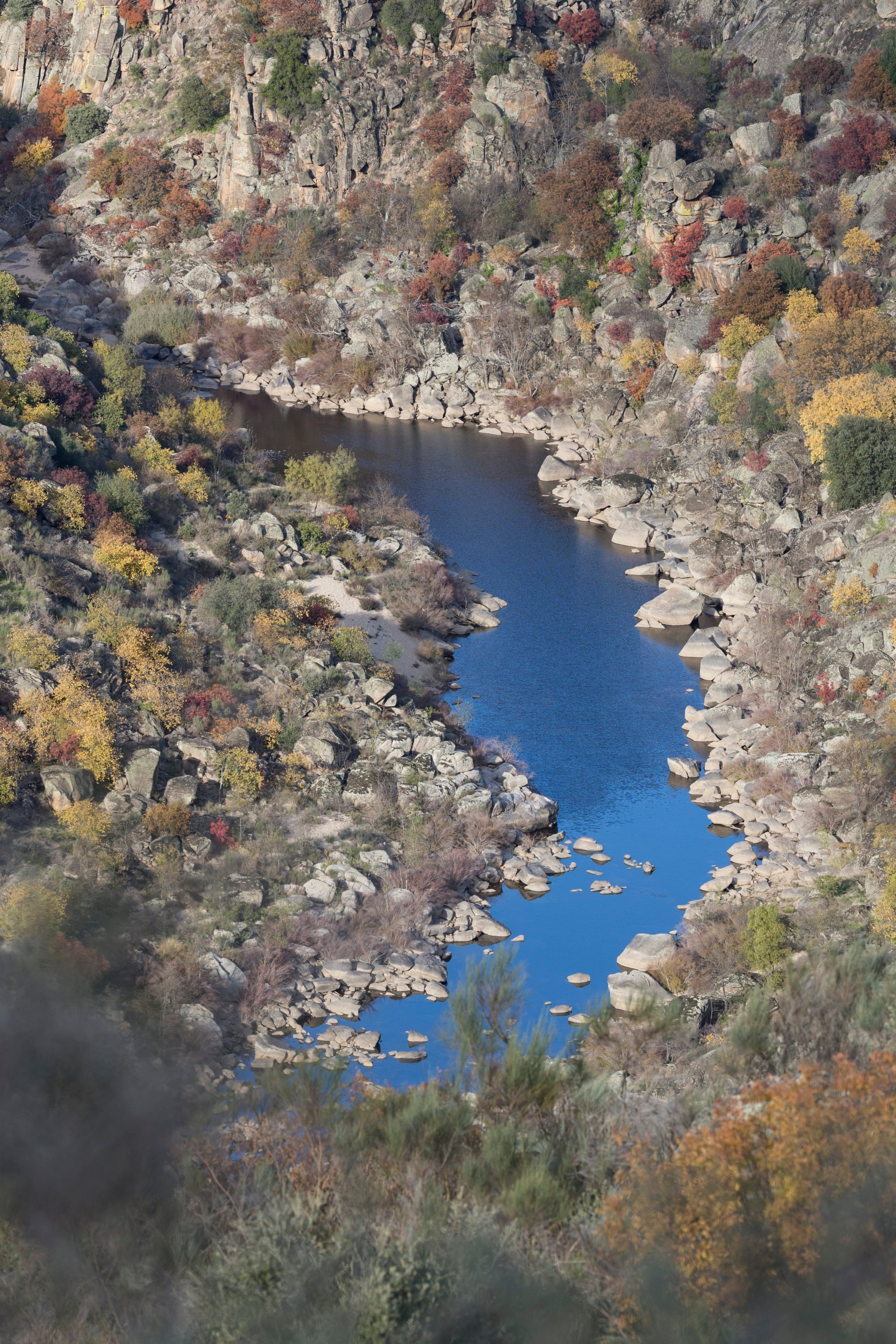
Rewilding Portugal, a non-profit organisation founded in 2019, is working hard to improve human-wolf coexistence south of the Douro, where between 30 and 50 wolves are clinging on.
To gain a better understanding of how people in the area view wolves, the Rewilding Portugal team conducted an eight-month social study, ending in April 2020. Nearly 120 people were interviewed, including farmers, hunting managers, local authorities, conservationists and people involved in nature-based tourism.
“Attitudes seem to be more negative in areas where wolf presence has become more sporadic,” says Sara Aliácar, Rewilding Portugal’s conservation officer. “People here have lost the habit of living alongside wolves. Overall, though, nearly half of those interviewed were open to coexisting with wolves under certain conditions.”
There is huge potential for nature-based tourism in northeastern Portugal. Wolves, for example, are a major drawcard
Such conditions include reasonable financial compensation for wolf damage and sufficient availability of habitat and natural prey. While Portugal’s compensation scheme may indeed need improving, reducing the necessity for such compensation in the first place – by preventing wolf attacks from happening – is clearly the best way forward.
The 120-hectare Quinta do Tabalião farm, close to the city of Guarda, is typical of many smallholdings south of the Douro. Small herds of Angus cattle move slowly through the dramatic, boulder-strewn landscape, grazing beneath stands of sweet acorn and cork oak. Livestock has been lost to wolves here in the past, but today these valuable cows have their own special companion.
Hati, a young male Serra da Estrela (Estrela Mountain) dog, has been based at Quinta do Tabalião for two years. Estrela Mountain dogs have been protecting livestock from Iberian wolves for centuries, so they were an obvious choice for Rewilding Portugal’s livestock guard dog programme, which was launched in 2020.
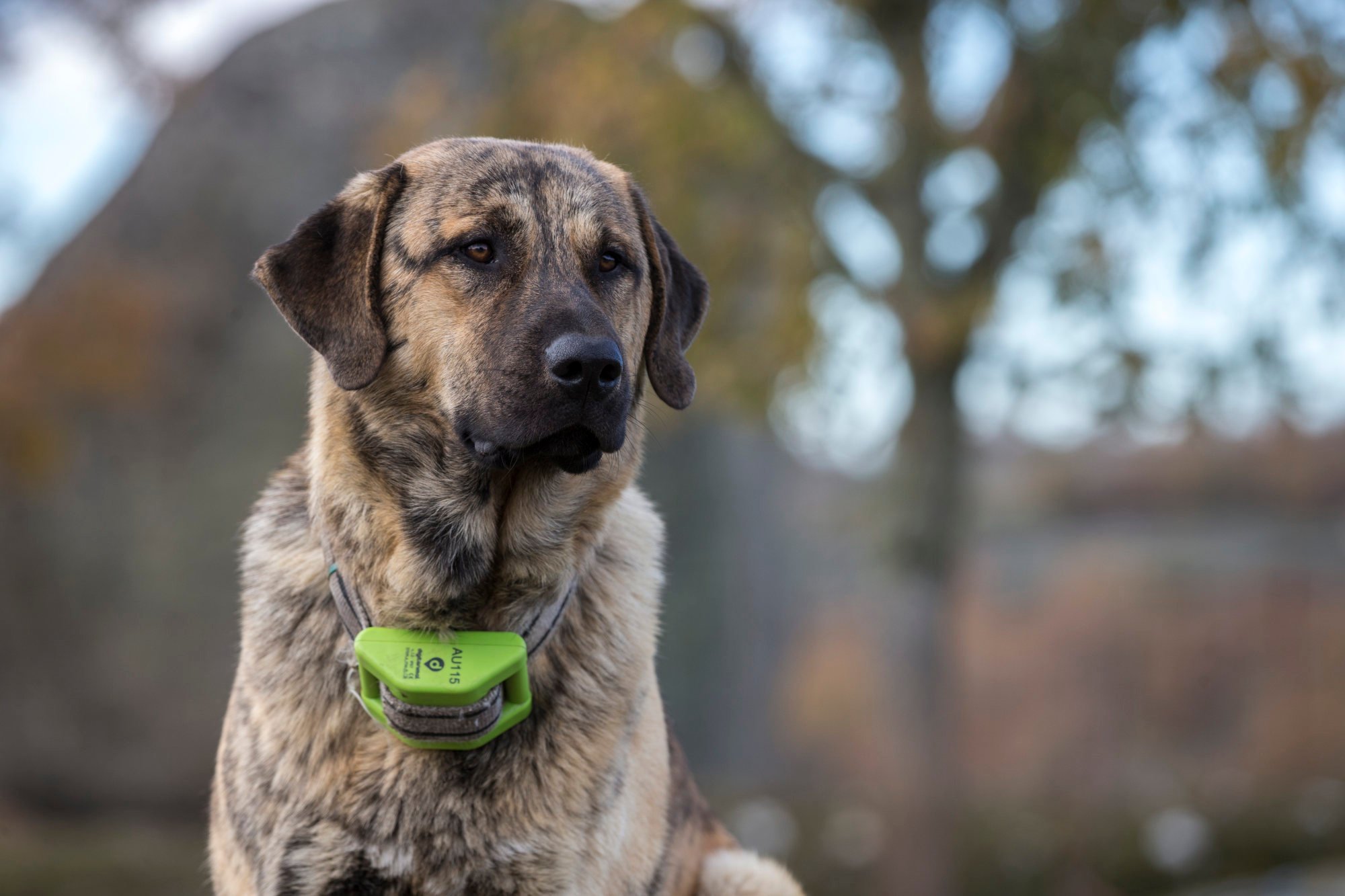
Puppies are provided free of charge, while the programme also supplies insurance, food and veterinary services until the animal is 18 months old. The aim is to eventually embed 100 dogs south of the Douro.
“I’ve heard wolves howling here a few times,” says Gonçalo Matos, whose father owns the farm. “I like the sound, but I’m scared at the same time, because we have a lot of money invested in our cattle.
“Guard dogs such as Hati are one obvious way to lower the risk of predation. If they are fairly compensated for any losses that do happen, many livestock farmers here are willing to use these dogs and employ other measures, such as fixing fences and better herd management at calving time.”

Matos is also involved in wolf conservation. He and his partner, Miguel Pontes, form Rewilding Portugal’s surveillance team, patrolling areas south of the Douro – typically by motorbike or on foot – to find and report illegal snares and poisoned baits, as well as damaging wildfires, which are a major threat to Iberian wolves and other wildlife.
The preferred prey species for Iberian wolves depends greatly on the availability and abundance of prey and the hunting culture of each pack. Since roe deer are one of the main prey species for wolves in Portugal, the Rewilding Portugal team is employing a range of measures to enhance roe deer populations south of the Douro.
It is working with hunters to reinforce the number of roe deer in strategic areas by restocking while hunting management plans are also being co-developed to promote healthier populations of roe deer over the longer term, with hunting quotas that take account of the needs of wolves.
“The overall goal is to diversify the types of prey species available to wolves, and increase the abundance of their preferred prey, evening up the balance between wild herbivores and domesticated ones,” says Aliácar.
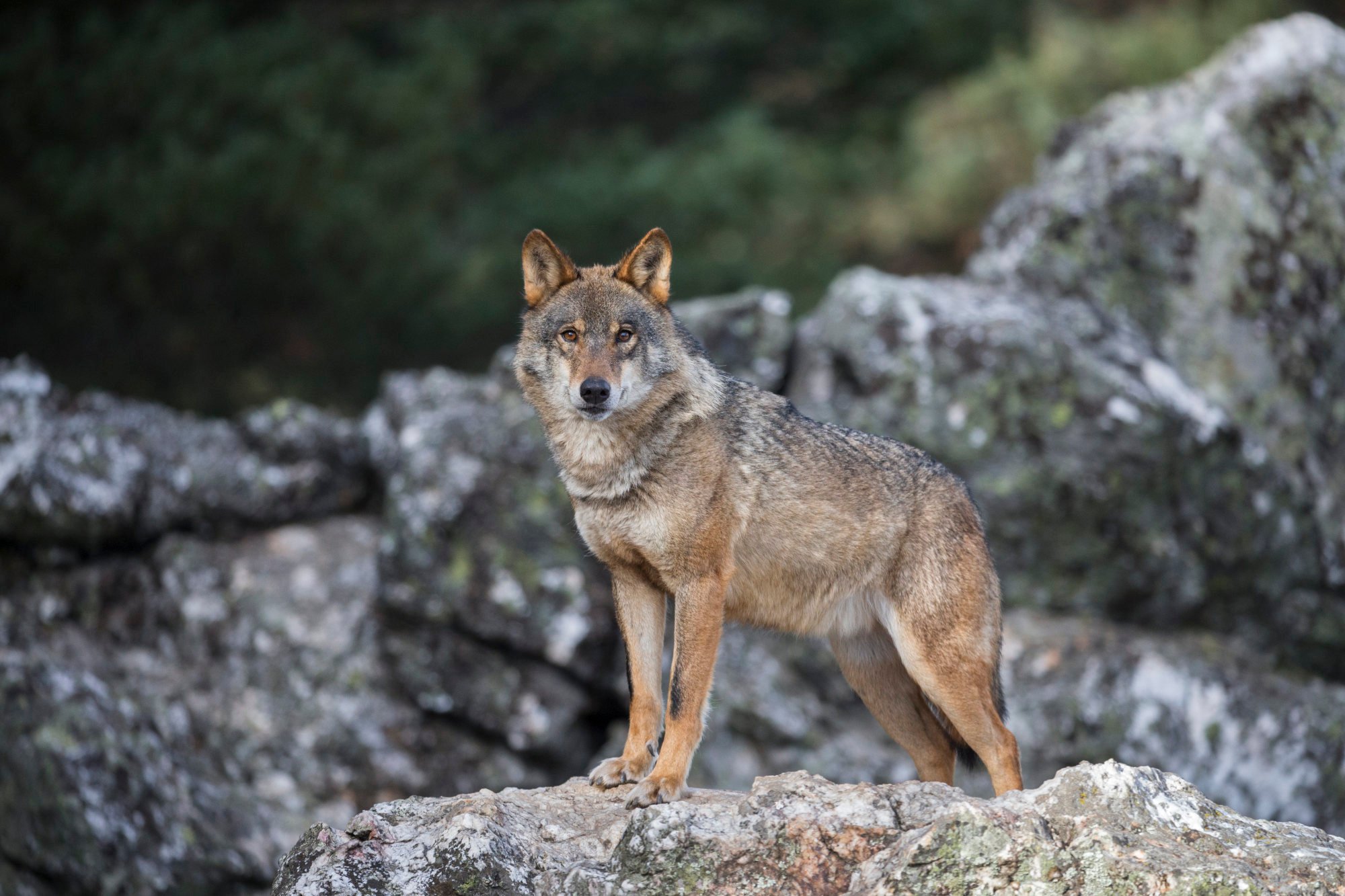
Northeastern Portugal is a captivating yet little explored area – a region of hilltop towns and castles, surrounded by a patchwork of forest, riverine gorges and granite outcrops. The wildlife here is equally spectacular. Iberian wolves share the landscape with such iconic species as the griffon vulture, golden eagle, Iberian ibex, red deer and wild boar.
Today, wolf watching tours in northern Portugal – such as those of Silva’s Ciência Natura, in the Montesinho Natural Park, or Dear Wolf, south of the Douro – offer an opportunity (with significant luck) to see Iberian wolves in the wild, as well as a diverse range of other wildlife. Yet the recovery of the wolf in Portugal has the potential to generate far greater tourism revenue.
For example, wolf watching in the Spanish region of Sierra de la Culebra, which is just across the border from Portugal, is estimated to bring in more than a million euros (US$988,000) a year.

The Rewilding Portugal team is working to promote wolf-related tourism south of the Douro, helping operators to expand their tours and build business plans. Such measures will aid in demonstrating that the Iberian wolf can support sustainable, long-term development in rural areas, bringing income and stimulating local economies.
“There is huge potential for nature-based tourism in northeastern Portugal,” says Fernando Romão, founder of the wildlife watching and nature photography business Wildlife Portugal, which focuses on the Faia Brava Reserve, Douro International Natural Park and the Greater Côa Valley. “Wolves, for example, are a major drawcard.”

The main challenge facing those working to support Iberian wolf recovery in northeast Portugal is changing people’s mindset.
“As rewilding helps to promote coexistence and wildlife tourism takes off, more and more people will start to appreciate that live wolves are far more valuable than dead ones,” says Romão. “The economic argument is stronger than the ecological one.”
Daniel Allen works as editor of Rewilding Europe, of which Rewilding Portugal is an affiliate.

